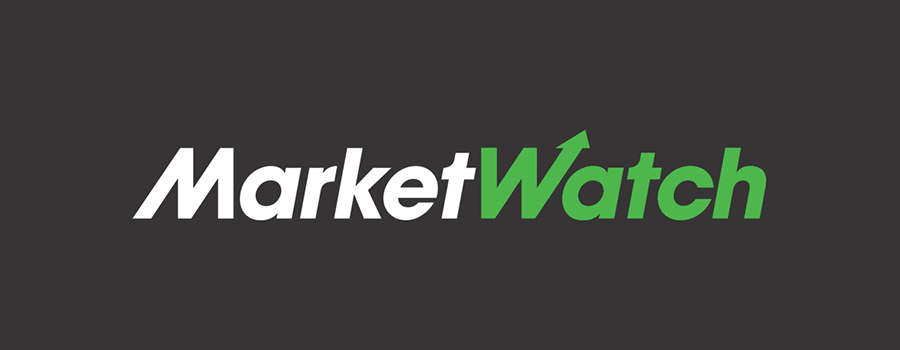Continue active refreshing of this index's data?
Continue active refreshing of this index's data?

News & Research
Most Recent News & Research

Index | ESG & Sustainability
Green efficient frontiers. Part 2: Practical considerations in constructing sustainability portfolios
On the surface, constructing a sustainable portfolio or index may seem relatively straightforward. After all, it’s just about excluding and reweighting – or is it?

As the sustainability landscape continues to grow and change, there is a pressing need for evolving data that helps investors to better understand the sustainability outcomes associated with their investments. The SDI AOP has set out to address this, with continuously growing datasets updated quarterly, to assess companies’ contributions to the UN Sustainable Development Goals. James Leaton, Research Director of the SDI AOP, discusses the latest platform developments led by its asset-owner led community.

Index | ESG & Sustainability
Green efficient frontiers: Minimizing the risk impact of exclusions in sustainable portfolios
A new whitepaper from Qontigo’s research team explores the benefits of constructing an exclusions portfolio with an optimizer, which helps limit active risk and frees up capital to allocate towards sustainability or performance objectives.

Index | ESG & Sustainability
Mapping companies’ contributions to sustainability goals: Quantifying alignment with investment themes
The Sustainable Development Investments Asset Owner Platform (SDI AOP) helps investors assess companies’ contributions to sustainability themes using the UN Sustainable Development Goals. The asset owner-led effort provides a robust SDG-alignment framework and data, and is already used worldwide by investors for implementation and tracking of sustainability strategies, and engagement with multiple stakeholders.

The ROOF methodology can capture the ‘sentiment’ of a portfolio relative to its benchmark. We run ROOF scores to determine the risk appetite of investors holding four portfolios aligned with respective Sustainable Development Goals.

Index | Index / ETFs
Video: Qontigo’s Rob Reina on ETFs vs. Direct Indexing: What Does the Future Hold?
Direct Indexing has exploded in popularity and more financial advisors are incorporating it into client portfolios than ever before. Increased adoption, advances in technology and appreciation for the tax benefits of Direct Indexing will likely continue to accelerate its rapid growth. How will this impact the advisors’ perception and use of ETFs going forward? Qontigo’s Rob Reina, and other expert panelists addressed the pros and cons of each when constructing portfolios for your clients and offer in-depth analysis on their most appropriate applications.

Term spreads have risen in multiple regions around the globe, as long-term sovereign yields soared amid rising (expected and actual) inflation but central banks took longer to raise short-term interest rates. The impact of this on international real estate has mostly been positive over the past two-and-a-half years.

Index | ESG & Sustainability
The International Real Estate Index — A hedge against expected inflation
Real estate has long had the reputation of being at least a partial hedge against inflation, since both rental income and property values typically respond positively to inflationary pressures. The iSTOXX Developed and Emerging Markets ex USA PK VN Index has lived up to this reputation historically and is continuing to do so in the current inflationary environment.

Index | ESG & Sustainability
Holding the world in your portfolio and considering climate transition risks
The STOXX WTW Climate Transition Indices are a new approach to managing climate risk that offer investors a systematic and transparent way to incorporate climate transition risk into their investment decisions.

Index | Benchmarks
Together in ’22: Qontigo Investment Intelligence Summit returns to London, New York
After two years of virtual gatherings, I’m thrilled to announce that the flagship Qontigo Investment Intelligence Summit will return in person this May. This year’s Summit, which we have called ‘Together in ’22,’ will take place in London on May 5 and in New York on May 19. The two events will offer insights on some of the most important […]

For years, factor investing has demonstrated its potential to outperform the general market.


